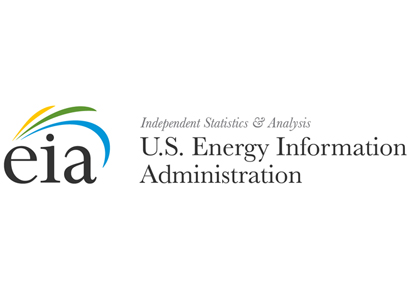Baku, Azerbaijan, July 24
By Leman Zeynalova – Trend:
The Suez Canal and the SUMED Pipeline are strategic routes for Persian Gulf crude oil, petroleum products, and liquefied natural gas (LNG) shipments to Europe and North America, Trend reports citing the US Energy Information Administration (EIA).
“Total oil flows through the Suez Canal and the SUMED pipeline accounted for about 9 percent of total seaborne traded petroleum (crude oil and refined petroleum products) in 2017, and LNG flows through the Suez Canal and the SUMED pipeline accounted for about 8 percent of global LNG trade,” said EIA.
“Since 2016, growth in northbound total petroleum flows through the Suez Canal and the SUMED pipeline has slowed, and southbound flows through the canal have risen substantially. In particular, the Suez Canal is gaining importance as a southbound route for US and Russian crude oil and petroleum products to destinations in Asia and the Middle East.
Slightly more than half of total petroleum transiting the Suez Canal in 2018 was sent northbound to destinations in Europe and North America. Petroleum exports from Persian Gulf countries, such as Saudi Arabia, Iraq, and Iran, accounted for 85 percent of Suez Canal northbound traffic. Northbound flows of petroleum products have risen in recent years, particularly as more ultra-low sulfur diesel fuel has been shipped from Saudi Arabia to European countries.”
EIA said that southbound crude oil shipments, mainly to Asian markets such as Singapore, China, and India, have more than doubled in the past two years. “Petroleum exports from Russia accounted for the largest share (24 percent) of Suez southbound petroleum traffic. Increases in Libya’s crude oil production and exports in 2018 also contributed to a rise in southbound shipments. In the past two years, increased production and exports of US crude oil and petroleum products—especially liquefied petroleum gas—have also increased southbound traffic through the canal.”
---
Follow the author on Twitter: @Lyaman_Zeyn






